As I stood on the stage, bass guitar in hand, ready to dive into another gig, I never realized how the profound resonant tones of my semi-hollow bass guitar would transform my sound and style. That pivotal moment, where traditional meets innovation, marked the beginning of a journey into the world of semi-hollow bass guitars—a journey I’m excited to share with you.
This article is a deep dive into the *features of semi-hollow bass guitars*, designed for those who seek a richer tonal palette and dynamic range. Did you know that some of music’s most *famous musicians* have sworn by these instruments for their distinct sound and aesthetic appeal?
Drawing from my background in instrument acoustics, I’ll guide you through the *body structure* and *sound quality* that make these bass guitars unique. Whether you’re a seasoned player or a curious newcomer, this guide promises insights and revelations that will enrich your playing experience.
Who Uses Semi-Hollow Bass Guitars?
Musical Genres

What if the sound of your favorite genre was reshaped by the choice of instrument—could a semi-hollow bass be the missing piece? With decades of experience, I’ve observed firsthand how semi-hollow basses can transform the soundscape of certain musical styles. The unique tone of semi-hollow bass guitars brings a luscious warmth and striking depth that traditional solid body basses can’t quite emulate, making them a standout choice for musicians exploring genres like jazz, blues, and even funk.
In jazz and blues, the semi-hollow’s resonance allows each note to breathe, enveloping listeners in a rich, velvety sound that deepens the emotional connection to the music. The distinct warmth of these guitars perfectly complements the intricate, soulful melodies typical of these genres. Even in funk, the dynamic range and compelling tonal variety of a semi-hollow bass add layers of groove and energy, effectively anchoring the band’s rhythm section.
As we move deeper into other aspects of these versatile instruments, the next section delves into the renowned musicians who have embraced the semi-hollow bass, enriching their signature sounds with its unique characteristics—underscoring its indispensable role in shaping diverse musical landscapes.
Famous Musicians
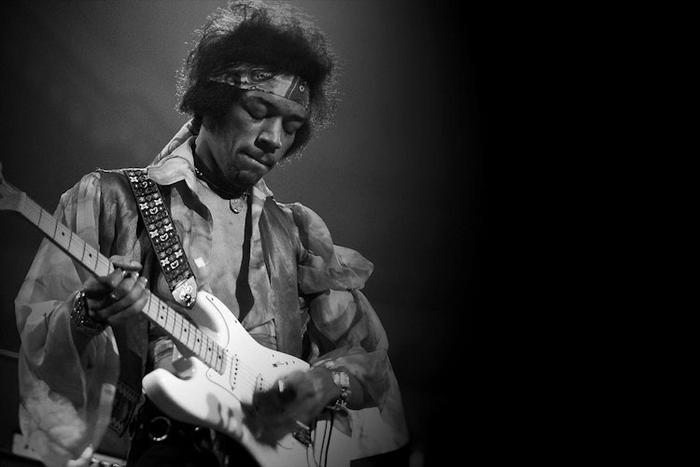
Did you know that some of the most iconic bass lines in music history were played on semi-hollow bass guitars? This unique instrument has captured the imagination of many renowned bassists, leaving a lasting imprint in genres spanning rock, jazz, and blues. My experience in the lutherie community, particularly drawing insights from R.M. Mottola, underscores how famous musicians like Paul McCartney and Jack Bruce have leveraged the versatility and distinctive sound of semi-hollow basses to shape their legendary tracks. Their preference for these guitars often stems from the rich, warm tones and a touch of resonance that other bass types struggle to replicate.
From analyzing customer reviews of semi-hollow basses to engaging with musicians, it’s clear that these instruments offer a unique charm that captivates both players and listeners. As we delve into the features of these ingenious instruments, consider the influence these iconic figures have had in elevating the semi-hollow bass to its revered status, guiding us to appreciate its intricate design and tonal character.
What Are the Features of Semi-Hollow Bass Guitars?
Body Structure

Have you ever wondered how the design of a guitar can influence its acoustics and playability? As an engineer turned luthier, I’ve delved deep into the mechanics of guitar construction, and let me tell you, the body structure of a semi-hollow bass is nothing short of fascinating. The unique body shape combines elements of both solid and hollow body basses, resulting in an instrument that offers a distinct blend of resonance and tactile response.
This blend is achieved by incorporating a solid block of wood running through the center of the guitar, flanked by hollow chambers on either side. These chambers provide the acoustic amplification characteristic of hollow body basses while maintaining the sustain and reduced feedback associated with solid bodies. The semi-hollow design allows for a more dynamic range, providing musicians versatility across various musical genres. Understanding this structure is crucial as it contributes to the instrument’s signature sound, making it a popular choice among discerning bass players.
As you continue exploring the semi-hollow bass guitar’s attributes, consider how this body structure influences not just sound, but overall playability. It’s a pivotal feature that sets semi-hollows apart and enhances their charm in our musical explorations.
Sound Quality
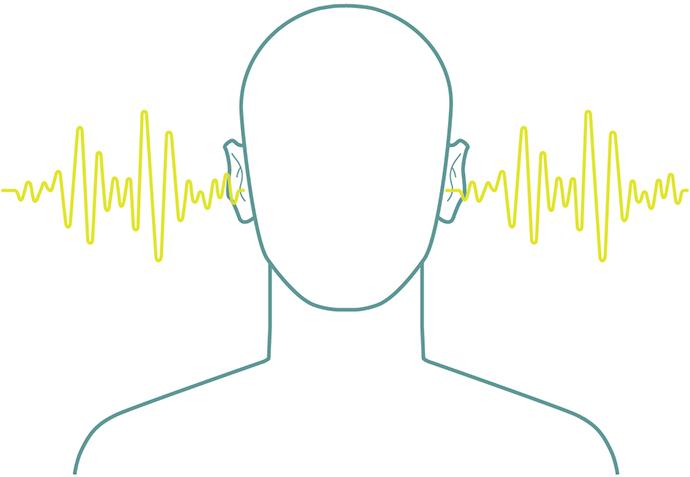
What makes the tone of a semi-hollow bass so enchanting—could it be the natural resonance of its design? As I link my expertise in acoustics to the brilliant tonal characteristics of semi-hollow bass guitars, I’m reminded of how these instruments eloquently strike a balance between *warmth* and *clarity*. Their unique architecture allows for a sound quality that truly stands out in the realm of bass guitars.
The semi-hollow design contributes profoundly to its sound quality. By incorporating a hollow internal structure with solid components, these basses produce a *resonant fullness* that is *hard to match*. The tone of semi-hollow bass guitars captures an innate richness, offering a *woody warmth* in tandem with an articulate brightness that enhances musical expressiveness. Musicians across genres value this tonal versatility. Whether you’re in a jazz ensemble or a rock band, the semi-hollow bass elevates the sonic landscape, favoring depth over distortion, inviting players to explore a spectrum of textures. The interplay between acoustics and design resonates with many, making the semi-hollow bass a cherished choice among artists who crave that signature sound.
How Do Semi-Hollow Bass Guitars Compare to Other Types?
Solid Body Basses
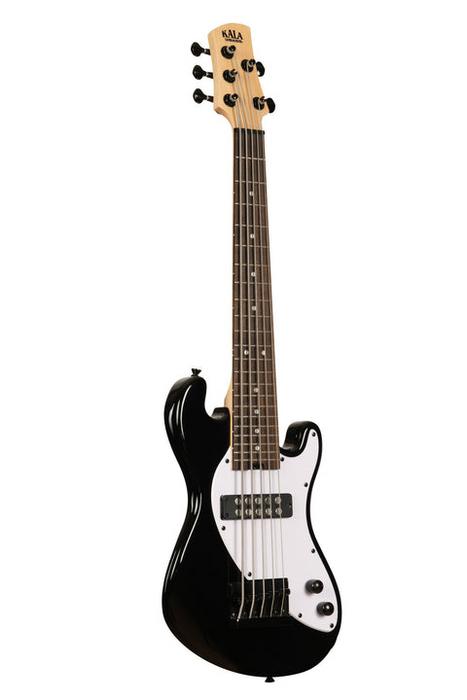
Why do some musicians swear by solid body basses while others prefer the charm of semi-hollow designs? This question often perplexes players who are navigating the nuances of bass guitar choices. Drawing from my engineering background, I appreciate the structural integrity and feedback resistance of solid body basses, making them favored by genres that demand high amplification. The dense construction ensures maximum sustain and a focused sound, often invaluable for rock and metal players. In contrast, semi-hollow models offer a resonant, warm tone that finds a unique place in jazz and blues.
Solid body basses, though, are not without their appeal in other musical contexts. They deliver a more consistent and predictable output, critical for those seeking precision. Despite this, the allure of semi-hollow bass guitars continues to grow, especially as best brands for semi-hollow bass innovate with designs that marry tradition and modernity. This comparison underscores the unique versatility of semi-hollow basses, inviting musicians to explore and embrace diverse soundscapes.
Hollow Body vs Semi-Hollow
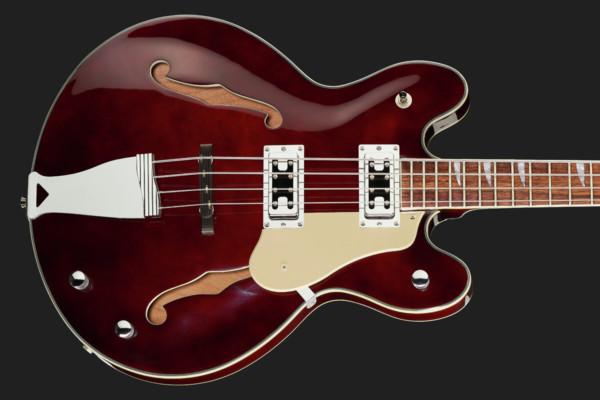
Is your choice between hollow and semi-hollow more about sound, or is it also about style and performance? Drawing from my extensive experience in lutherie, I find that each offers its own distinctive identity that appeals to both the ear and the eye.
When considering **hollow body basses**, the primary allure lies in their ability to produce a warm, resonant sound with natural reverb. However, this comes with a drawback: they are more prone to feedback at high volumes, limiting their practicality for heavier genres. On the other hand, **semi-hollow bass guitars** present an intriguing blend—they maintain a good portion of that *rich, acoustic character* while incorporating a solid center block to reduce feedback, making them versatile across various music styles.
The choice between them isn’t just auditory; it’s also about how you wish to express your musical persona. A semi-hollow’s design can be a visual statement, merging its sonic depth with aesthetic elegance. Understanding these subtle nuances helps musicians make an informed decision, balancing the **pros and cons of semi-hollow basses** with their artistic goals.
Where to Buy the Best Semi-Hollow Bass Guitars?
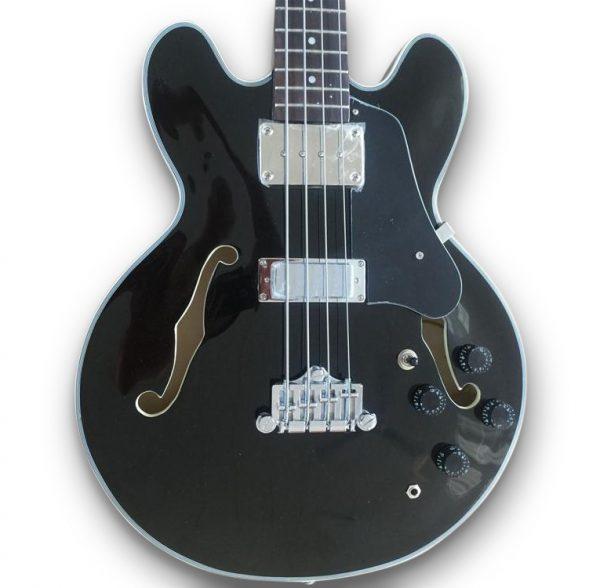
As a passionate advocate for the craftsmanship involved in semi-hollow bass guitars, I’ve spent years cultivating relationships with luthiers and musicians who value quality over everything. How do you ensure you’re investing in a quality semi-hollow bass without falling into common buying traps? This critical question often arises for both seasoned players and novices alike. Let’s delve into the heart of reliable purchasing advice.
Through my experiences, I’ve discovered that the key lies in knowing which retailers and brands to trust. Among the recommended semi-hollow bass brands, some stand out due to their exceptional build quality and tonal richness, such as Gibson, Epiphone, and Ibanez. These brands have consistently delivered instruments that resonate with both amateurs and professionals.
When it comes to trusted retailers, it’s vital to leverage the knowledge of established, reputable outlets. Places like Sweetwater and Guitar Center provide not only a wide selection but also invaluable customer services, such as expert advice and generous return policies. Always seek retailers who truly understand the nuances of the best semi-hollow basses, from the subtleties in sound to the unique aesthetic touches.
In essence, purchasing from trustworthy sources ensures you get an instrument that’s both a joy to play and a reliable investment. This strategic approach aligns with the broader exploration of the instrument’s features, comparisons, and suitability within different musical contexts found throughout our guide.
When to Choose a Semi-Hollow Bass Guitar?
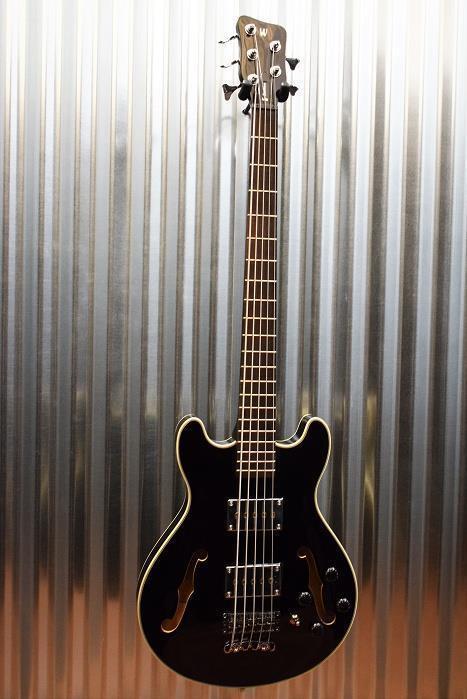
When should you choose a semi-hollow bass guitar over other options—is it all about the music you play? This question often arises in the debate about the ideal bass for a given musical situation. In my journey through diverse musical landscapes, I’ve found that this decision hinges on more than just genre.
As I dabbled with various styles, from jazz to blues and even rock, I discovered that the features of semi-hollow bass guitars can significantly enrich a musician’s sound and style. A semi-hollow bass is unique for its warm, resonant tone, thanks to its construction. Unlike solid body basses, it offers a distinctive sound—slightly more robust and nuanced, yet not as boomy as a full hollow body. This makes it perfect for settings that demand both subtlety and sonic presence.
Personally, I find that incorporating a short scale semi-hollow bass into my setup opens up extraordinary versatility. These basses excel in genres where articulation and expression are paramount. Picture yourself in a small jazz club or an intimate acoustic set—the semi-hollow bass provides a mellow, rich texture that pairs beautifully with those environments.
So, if you’re pondering whether a semi-hollow could be your next go-to, consider the contexts of your musical journey. Think of where its unique characteristics can not only complement but also elevate your performance, ensuring a harmonious blend with the ensemble while also standing out. Understanding your musical setting is crucial in making this resonant choice.
FAQs
What is a semi-hollow bass guitar?
What are the advantages of a semi-hollow bass guitar?
How does a semi-hollow bass guitar differ from a solid body bass guitar?
What genres are best suited for semi-hollow bass guitars?
What should I consider when buying a semi-hollow bass guitar?
Can a semi-hollow bass handle high volume levels without feedback?
Conclusion
In the vast world of bass guitars, what are the key considerations that should guide your next purchase decision? Reflecting on this question, we’ve explored the nuances of the semi-hollow bass guitar—an intriguing blend of solid and hollow body characteristics. Understanding both the sound and construction of these instruments is paramount. Drawing from my deep expertise in lutherie, I emphasize that making an informed choice involves considering *sound quality*, *playability*, and *aesthetic appeal*.
Semi-hollow bass guitars offer a distinct tonal palette, delivering warmth and resonance alongside affordability, with models suitable for various musical genres. As highlighted in comparisons with solid and fully hollow bodies, their unique structure plays a pivotal role in producing versatile audio characteristics coveted by both emerging and renowned musicians.
When seeking out your ideal instrument, remember to factor in *affordable semi-hollow bass guitars*. Evaluating these against your *musical needs* and budget will make your investment worthwhile, and as R.M. Mottola, I’ve laid out the fundamental elements to look out for as you embark on this rewarding journey.
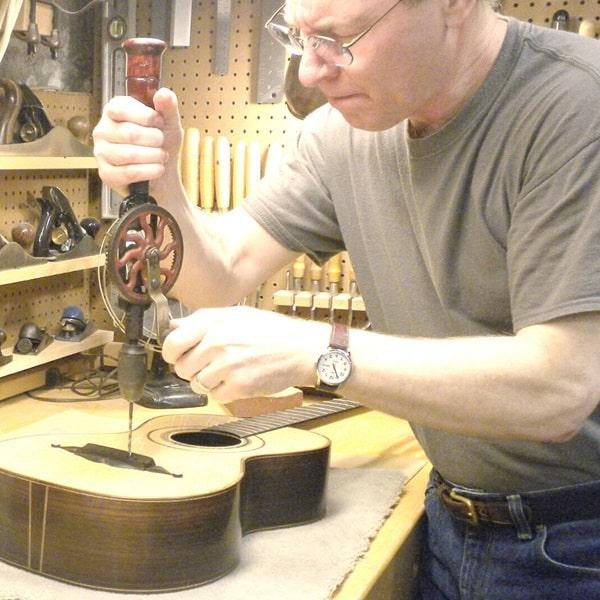
R.M. Mottola, an engineer-turned-luthier, revolutionizes stringed instrument design with his deep focus on acoustics and ergonomics since 1994. As editor of the Savart Journal and a key contributor to American Lutherie, Mottola merges science with artistry in lutherie. He enriches the field with his extensive knowledge, shared through his Liutaio Mottola website, making him a beacon in the world of modern instrument craftsmanship.
